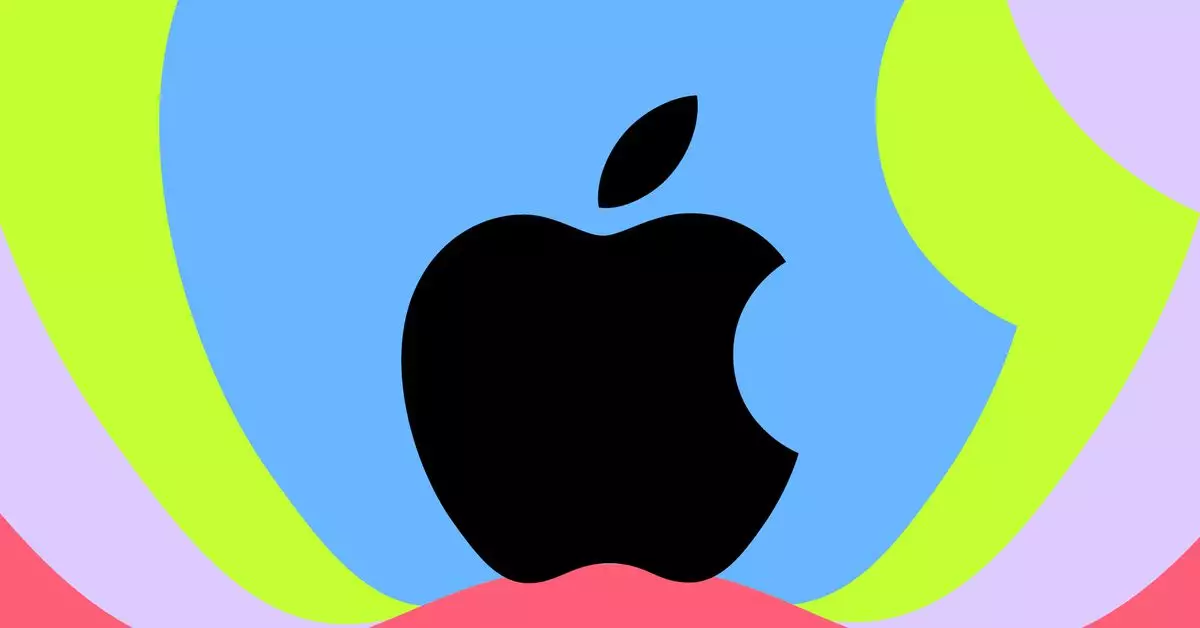As Apple gears up for the release of its next generation of smartphones, whispers surrounding the iPhone 17 Air suggest a potential paradigm shift in mobile technology. Industry analysts, including Bloomberg’s Mark Gurman, have indicated that this upcoming device could serve as a critical testing ground for a suite of innovative technologies. Set to debut in the fall, the iPhone 17 Air is expected to push boundaries in both its design and functionality, promising to be the thinnest iPhone to date.
The iPhone 17 Air is rumored to be approximately 2 millimeters thinner than its predecessors, signaling a bold aesthetic choice aligned with Apple’s previous “Air” branding seen in the MacBook and iPad series. Speculation suggests that the thickness might fall between 5.5mm and 6.25mm, putting it on par with the latest M4 iPad Pro and significantly thinner than the iconic iPhone 6. Such a sleek design is not merely for visual appeal; it reflects Apple’s ambition to lay the groundwork for future foldable devices, signaling a potential shift in the smartphone landscape.
Beyond its impressive design, the iPhone 17 Air is anticipated to incorporate groundbreaking technology, making it a crucial step towards Apple’s foray into foldable devices. It may also function as the pioneering platform for their home-grown cell modem, codenamed Sinope, which is expected to debut in the iPhone SE in the coming spring. Furthermore, Gurman has alluded to the potential introduction of Apple-designed Wi-Fi and Bluetooth chips this year, although it remains unclear if these advancements will be integrated into the iPhone 17 Air.
Rumors regarding the iPhone 17 Air’s camera system reveal that it will feature a singular 48-megapixel lens on the rear and a 24-megapixel selfie camera. This camera configuration aims to enhance the photographic capabilities of the iPhone while allowing users to capture high-quality images with ease. Additionally, the device is expected to boast a 6.6-inch ProMotion OLED display with a variable refresh rate of 120Hz, previously a standard reserved for Pro models. This upgrade would mark a significant improvement in user experience, enabling smoother scrolling and more responsive touch interactions.
Under the hood, the iPhone 17 Air is speculated to house Apple’s forthcoming A19 chip, potentially delivering unmatched performance and efficiency. Coupled with 8GB of RAM, the device promises to support various AI-driven features, enhancing its smart capabilities. This synergy between hardware and innovative technology underscores Apple’s commitment to staying at the forefront of mobile performance.
The iPhone 17 Air tantalizingly teases a future where design meets groundbreaking technology, making it an intriguing addition to Apple’s smartphone roster. With its expected sleekness, advanced camera, and particle performance enhancements, the iPhone 17 Air is not just a typical iterative upgrade; it signals Apple’s strategic vision towards a more innovative mobile experience. As we await its official unveiling, the industry watches intently, recognizing that this device could redefine the standards for what smartphones can achieve.

